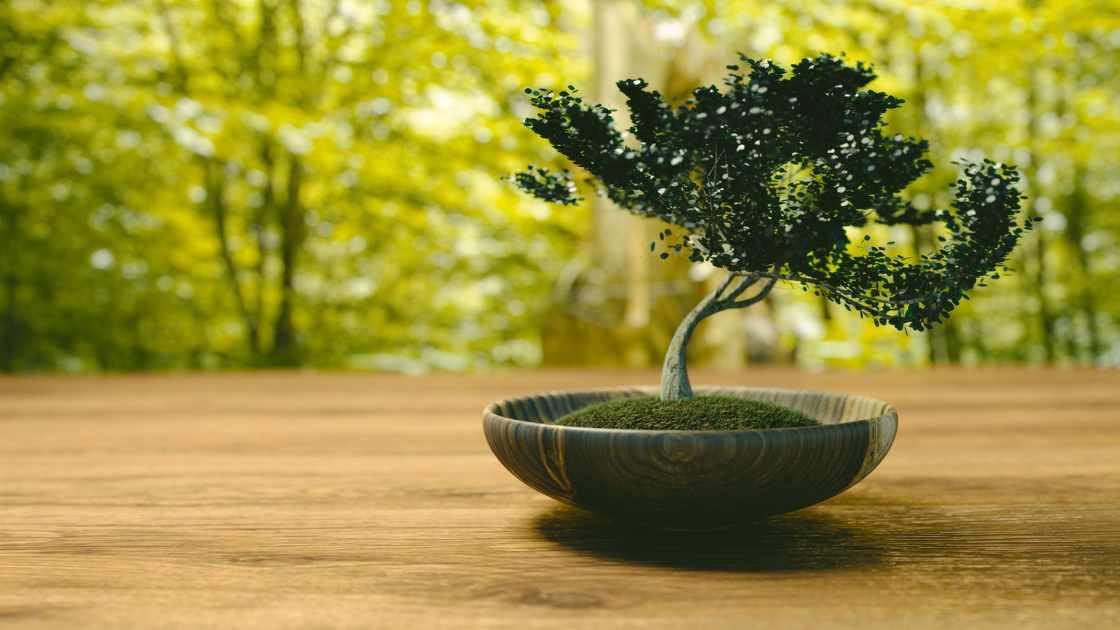Table of Contents
ToggleA Guide to Identifying Whether Your Pampas Grass Is Dead: Signs and Solutions
Examine the Foliage
- Check the foliage of your pampas grass for signs of life. Healthy pampas grass should have green, vibrant leaves. If the foliage appears brown, brittle, or entirely dead, it could be an indication that the plant is struggling.
Inspect the Plumes
- Pampas grass is known for its distinctive plumes, and these can be a good indicator of the plant’s health. If the plumes are brown, broken, or falling off easily, it may be a sign that the plant is stressed or dead. Healthy pampas grass typically has fluffy and well-formed plumes.
Check the Base of the Plant
- Examine the base of the plant, near the crown and roots. If you notice mushy or rotting areas, it may be a sign of root rot, a common issue that can affect pampas grass. On the other hand, a healthy plant will have a firm and well-established root system.
Scratch Test
- Perform a scratch test on a small section of the stem. Use your fingernail or a knife to gently scratch away a small portion of the outer layer. If you see green tissue beneath, it indicates that the stem is alive. However, if it’s brown or dry, the stem may be dead.
Consider Environmental Factors
- Evaluate the environmental conditions that may impact your pampas grass. Overwatering, underwatering, harsh weather conditions, or pests can contribute to the decline of the plant. Addressing these issues can sometimes revive a seemingly struggling pampas grass.
Seasonal Changes
- Pampas grass tends to go dormant in the winter, and during this period, it may appear less vibrant or even dead. Wait until the growing season begins in spring before making conclusions about its health.
Reviving Your Pampas Grass
If you determine that your pampas grass is struggling but not entirely dead, there are steps you can take to revive it:
- Trimming: Trim away dead or brown foliage and plumes to encourage new growth.
- Watering: Ensure your pampas grass receives adequate but not excessive water. Avoid waterlogging, which can lead to root rot.
- Fertilization: Apply a balanced fertilizer in the spring to provide essential nutrients for growth.
- Disease Management: Treat any identified diseases promptly to prevent further damage.
FAQs
How can I tell if my pampas grass is dead during the winter?
Pampas grass often goes dormant in the winter, and it’s normal for it to appear less vibrant or even brown during this period. Wait until the growing season in spring to accurately assess its health. If there’s no new growth by then, further investigation may be necessary.
Is brown foliage a definitive sign that my pampas grass is dead?
Brown foliage can be an indicator of a struggling pampas grass, but it’s not always a definitive sign of death. Perform a scratch test on the stems – if you find green tissue beneath the outer layer, the stem is still alive. Consider factors like seasonal changes, trimming, and proper care before concluding that your pampas grass is dead.
Can overwatering contribute to my pampas grass appearing dead?
Yes, overwatering can lead to root rot, affecting the health of your pampas grass. Check the base of the plant for signs of mushy or rotting areas. If present, adjust your watering routine, allow the soil to dry out, and trim away affected parts to promote recovery.
Final Thought
Identifying whether your pampas grass is dead involves a thorough examination of its foliage, plumes, and overall condition. While some signs may indicate a struggling plant, taking proactive steps to address environmental factors and providing appropriate care can often revive your pampas grass and restore its beauty to your garden or landscape.




